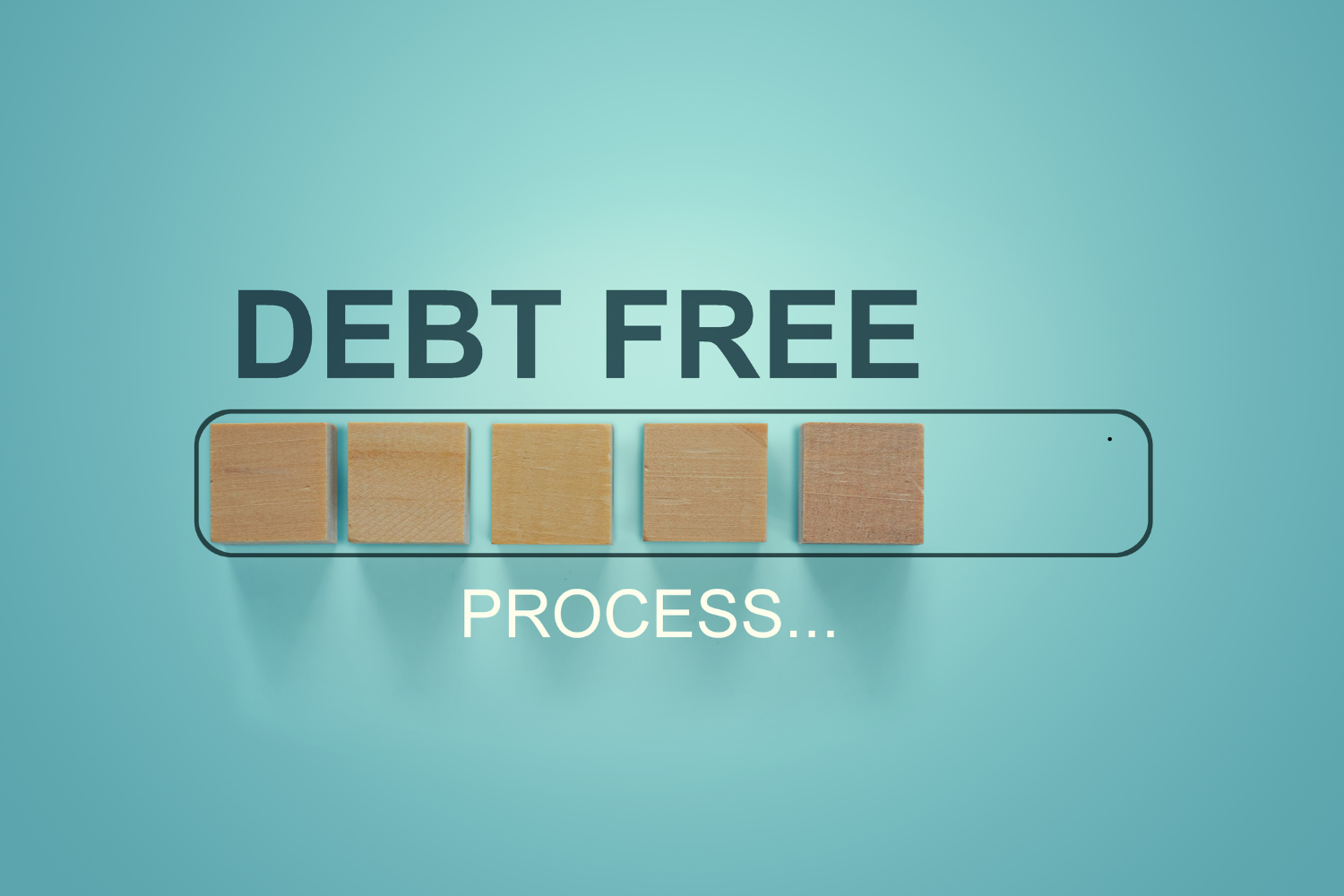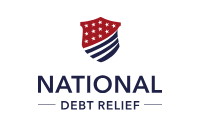Debt Snowball vs. Debt Avalanche: Which Is Better for You?

When you’re drowning in debt, finding a strategy to climb back to financial freedom is essential. Two popular methods, the debt snowball and the debt avalanche, stand out for their effectiveness. But which approach is right for you?
In this detailed comparison, we’ll break down the pros and cons of each method, examine how they work, and help you determine the ideal solution to regain control of your finances.
Understanding the Debt Snowball Method
The debt snowball method, popularized by financial expert Dave Ramsey, focuses on paying off your smallest debts first, regardless of the interest rate. The strategy emphasizes momentum and motivation as you eliminate debts one at a time.
How Debt Snowball Works:
- List your debts from smallest to largest, ignoring interest rates.
- Make minimum payments on all debts, except the smallest.
- Direct any extra funds toward paying off the smallest debt quickly.
- Once the smallest debt is paid, roll the payment amount into the next smallest debt.
Pros of Debt Snowball:
- Psychological Motivation: Quick victories build confidence, keeping you motivated.
- Simplified Focus: Clear milestones help maintain momentum and dedication.
- Effective for Small Debts: Rapid payoff can significantly reduce debt-related stress.
Cons of Debt Snowball:
- Higher Interest Costs: Ignoring interest rates means potentially paying more overall.
- Less Mathematically Efficient: Not optimal for minimizing interest payments.
If your goal is quick emotional wins, the debt snowball method offers powerful motivation. However, if you prefer to reduce total interest paid, other strategies might serve you better.
Understanding the Debt Avalanche Method
Unlike the snowball, the debt avalanche method prioritizes debts based on interest rates, tackling the highest-interest debts first. This method saves more money over the long term by minimizing interest costs.
How Debt Avalanche Works:
- List your debts from highest interest rate to lowest.
- Make minimum payments on all debts, focusing any extra money on the highest-interest debt first.
- After paying off the highest-interest debt, roll the payment into the next-highest-interest debt, and so forth.
Pros of Debt Avalanche:
- Cost Efficiency: Reduces total interest payments significantly.
- Faster Debt Freedom: You become debt-free sooner because you pay less overall interest.
- Financial Logic: Mathematically, this approach maximizes every dollar spent toward debt repayment.
Cons of Debt Avalanche:
- Slower Initial Progress: Larger, high-interest debts take longer to eliminate, potentially reducing motivation.
- Requires Patience: Less emotionally rewarding initially compared to the snowball method.
If you prioritize saving money and reducing total interest costs, the avalanche method makes the most financial sense. But it demands discipline, patience, and long-term commitment.
Comparing Debt Snowball vs. Debt Avalanche
While both methods lead to debt elimination, their effectiveness depends heavily on personal financial situations, debt types, and personality.
Consider Debt Snowball if:
- You prefer quick emotional wins.
- Motivation matters more to you than immediate savings.
- Your debts vary significantly in size, and small wins help you stay on track.
Consider Debt Avalanche if:
- You aim to pay the least interest overall.
- You’re disciplined and motivated enough to stick to a strategy without needing frequent victories.
- Your debts have high-interest rates, like credit cards, payday loans, or unsecured loans.
Dealing with Special Debt Situations
Sometimes, traditional debt repayment strategies aren’t enough, especially if you face significant debt like tax debts, excessive unsecured loans, or credit damage. In these scenarios, professional help is crucial.
Tax Debt Solutions:
Outstanding tax debt can quickly spiral due to IRS penalties. Engaging specialized Tax Debt Relief professionals can ease your burden, negotiate favorable repayment terms, and help settle IRS debts efficiently.
Credit Repair Support:
Debt often harms your credit score significantly, limiting financial opportunities. Reliable Credit Repair services dispute inaccuracies on credit reports, helping you restore creditworthiness while managing debt repayment.
Professional Debt Relief Programs:
If your debts are overwhelming, reputable companies like National Debt Relief can negotiate with creditors on your behalf, often significantly reducing your total balance. This solution provides relief and structured repayments to regain control faster.
Making the Right Choice for Your Financial Journey
Analyze Your Debt Structure:
- Smaller, varied debts: Debt snowball may suit your motivational needs.
- High-interest, large debts: Avalanche provides substantial long-term savings.
Evaluate Your Personal Motivation:
- If quick wins motivate you, snowball is ideal.
- If savings and efficiency matter more, avalanche will better serve your needs.
Assess Financial Discipline:
- Avalanche demands patience and commitment.
- Snowball is easier for maintaining motivation.
Consider Professional Help:
- If neither strategy feels sufficient due to severe debts or credit issues, professional solutions from National Debt Relief or Tax Debt Relief can complement either method.
Best Practices for Debt Repayment Success
Regardless of the chosen method, these tips maximize success:
- Establish and Stick to a Budget: Regularly monitor spending, cutting unnecessary expenses.
- Increase Income Streams: Side hustles, freelance work, or extra jobs can speed repayment.
- Avoid New Debt: Discipline in avoiding unnecessary loans or credit usage prevents setbacks.
- Regularly Monitor Credit Scores: Track progress using reputable credit-monitoring tools or services like Credit Repair to stay informed.
Real-Life Example: Comparing Results
Imagine you have three debts:
- Credit Card: $5,000 balance, 18% interest.
- Student Loan: $10,000 balance, 5% interest.
- Personal Loan: $2,000 balance, 12% interest.
Debt Snowball:
- Pay off Personal Loan first, then Credit Card, then Student Loan.
- Quickly eliminate smaller debts, building momentum and confidence.
Debt Avalanche:
- Pay off Credit Card first (highest interest), then Personal Loan, then Student Loan.
- Save significant interest, becoming debt-free faster overall.
In this scenario, Avalanche saves you money, but Snowball gives immediate emotional satisfaction. The decision depends on your priorities: psychological wins vs. financial efficiency.
Final Thoughts: Choose the Right Path for Your Debt-Free Future
Debt repayment is highly personal—what motivates one person may not resonate with another. While Debt Snowball provides immediate psychological rewards, the Debt Avalanche saves money through reduced interest costs.
Evaluate your personality, debt situation, and goals carefully. And remember, if debt feels overwhelming, seeking professional assistance through companies like National Debt Relief for debt settlement, Tax Debt Relief for IRS debts, or Credit Repair to restore your financial credibility, can offer essential support on your journey to financial freedom.
No matter your method, the most important step is taking action. By proactively addressing your debt, you’re already on the path to regaining control and reclaiming financial stability.
Explore Our Categories

Credit Cards

Debt

Loans

Insurance

Retirement

Home Buying

Investing

Taxes
Free Yourself From Debt

National Debt Relief
✅ Reduce Your Debt – Pay Less Than You Owe!
✅ One Simple Monthly Payment – No More Juggling Bills.
✅ Get Relief From Credit Cards, Medical Bills & More
Ranked #1

